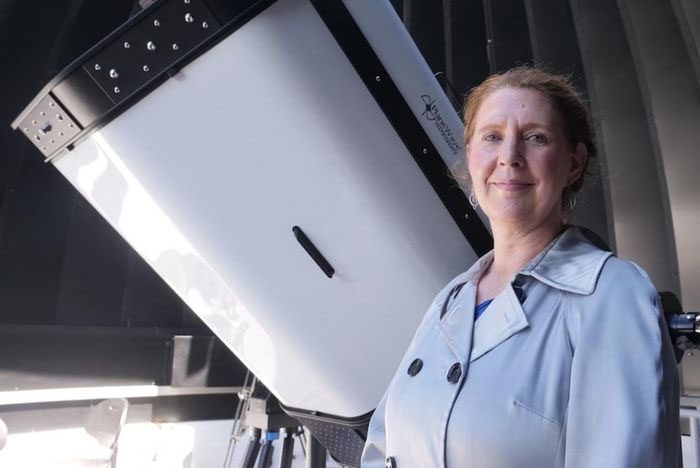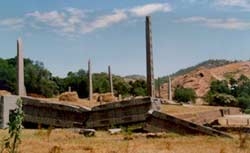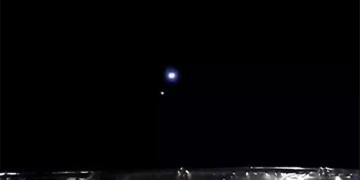On December 6, Australia officially announced the completion of the world’s first quantum optical astronomical observatory named the Mount Stromlo Observatory.
This project promises to create a breakthrough in the Australian astronomy sector with the capability to observe and process data expected to be thousands of times greater than traditional optical telescopes.
According to Professor Anna Moore, Director of the Research Institute for Space at the Australian National University (ANU), the Mount Stromlo Observatory utilizes quantum telescopes with adaptive optical technology and quantum lasers, instead of traditional radio waves, to send and receive data from space. Consequently, quantum telescopes can collect and transmit data measured in terabits per second.

Professor Anna Moore stated that the Stromlo Observatory can transmit and receive much more information than the James Webb Telescope. (Photo: ABC).
In addition to enhancing observational capabilities to areas of space that traditional telescopes, including the James Webb Telescope, cannot reach, this observatory can also perform data transmission and communication at unprecedented speeds with partners worldwide, as well as with space stations, satellites, and in a manner that is impervious to hacking.
According to information from the ANU Research Institute for Space, this is the world’s first observatory in terms of data observation and transmission using quantum technology, representing the next generation and ahead of its time. The institute is currently collaborating with NASA to implement the Artemis human exploration program, and starting in 2024, it will begin to transmit live images of astronauts operating in space and on the moon with perfect resolution and high speed.
Professor Anna Moore remarked that the James Webb Telescope is changing humanity’s perspective on the universe daily, rather than monthly or yearly. However, only about 0.1% of the information it can gather is transmitted to us, primarily because it employs outdated radio technology. Therefore, if this telescope were equipped with a similar quantum signal transmitter, the quantum optical observatory at Stromlo could transmit and receive thousands of times more information than it does today.
The Stromlo Quantum Optical Observatory project has been carried out over five years and partially funded through the Moon to Mars program of the Australian Space Agency. Australia also hopes to utilize the Stromlo Observatory as a center for receiving, transmitting, and processing data from geostationary satellites to timely collect and monitor all activities on the ground with ultra-high resolution, effectively in real-time, especially for detecting and managing wildfires in the country.





















































